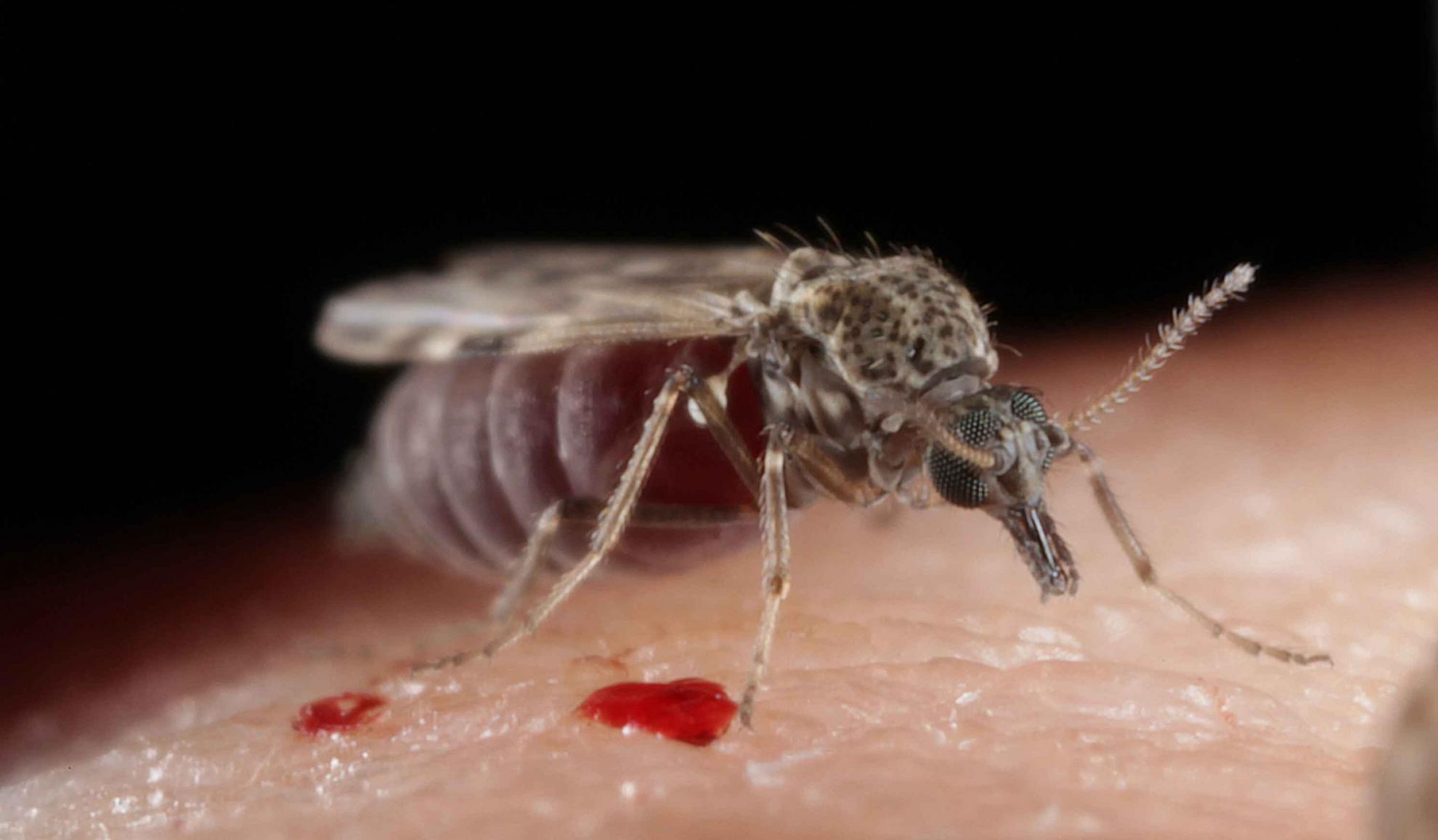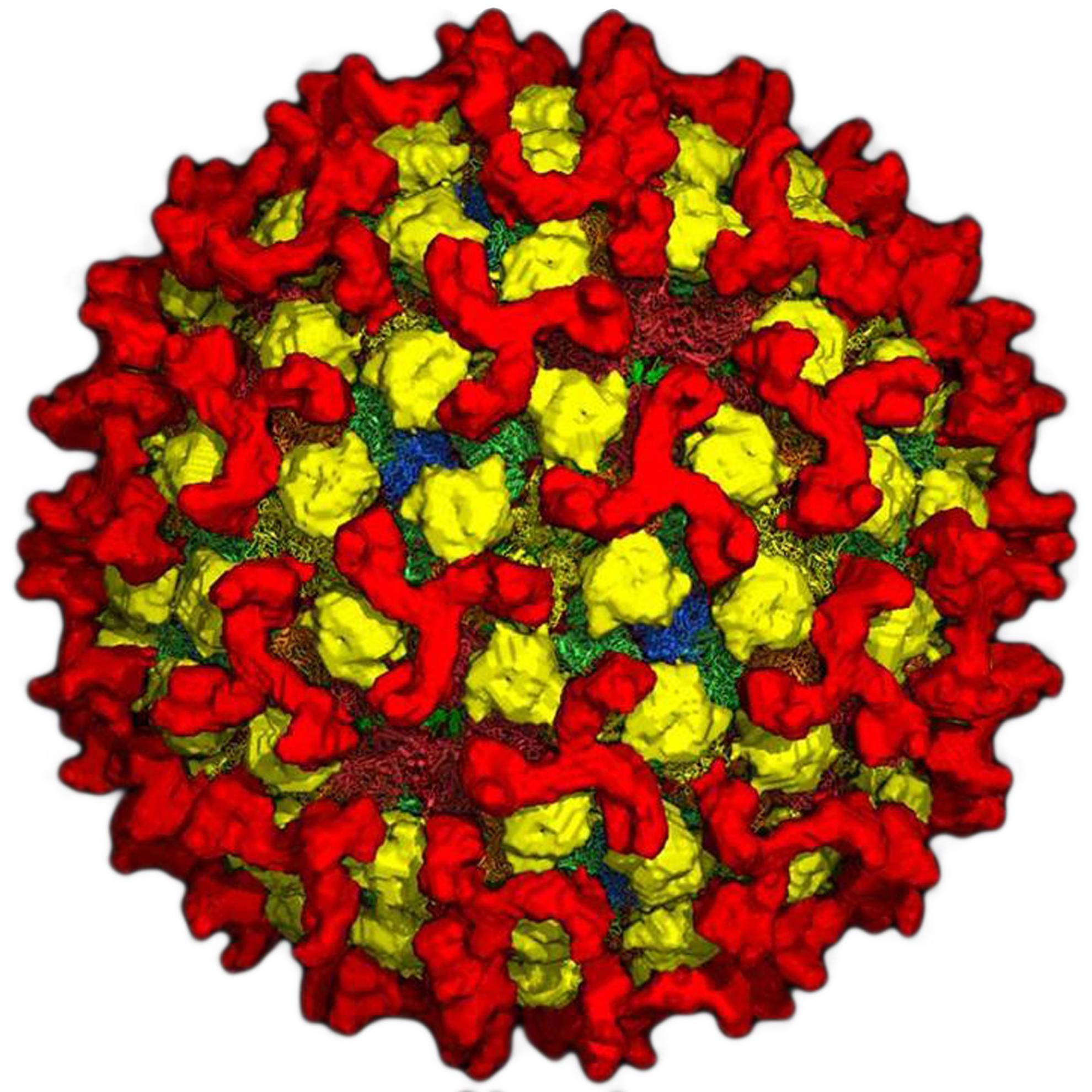Bluetongue virus infection in naïve cattle: identification of circulating serotypes and associated Culicoides biting midge species in Trinidad
To better understand risks associated with trading cattle, it is important to know which serotypes of Bluetongue virus (BTV) are circulating within the exporting and importing country. Hence, this study was conducted to identify the circulating serotypes of BTV in Trinidad. Blood samples were collected monthly from sixty BTV- naïve imported cattle over a six month period after their arrival in the country. Virological (PCR and virus isolation) and serological (ELISA) analyses were carried out on the samples and CDC light traps were placed near the cattle enclosure to trap and identify the species of Culicoides biting midges that were present. All of the cattle seroconverted for BTV antibodies within three months of their arrival in the country and real-time reverse transcription PCR (rRT-PCR) detected BTV-RNA in the samples throughout the remainder of the study. The patterns of infection observed in the cattle indicated serial infections with multiple serotypes. A combination of BTV serotype-specific rRT-PCR on the original blood samples and virus isolation followed by serotype-specific rRT-PCR on selected samples, confirmed the presence of BTV serotypes 1, 2, 3, 5, 12 and 17. This is the first report of BTV-2 and BTV-5 in Trinidad. Light-suction traps placed in close proximity to the cattle predominantly trapped Culicoides insignis Lutz 1913 species (96%), with a further six Culicoides species making up the remaining 4% of trapped samples. The circulation of multiple BTV serotypes in Trinidad underlines the need for regular surveillance, which will contribute to the development of risk assessments for trade in livestock.


